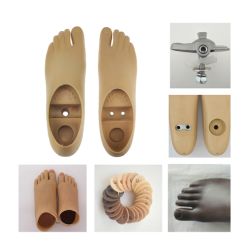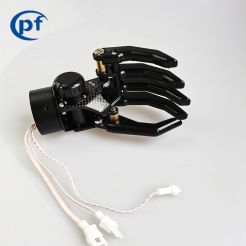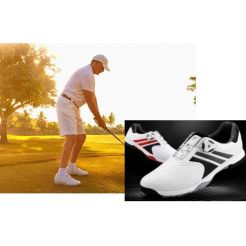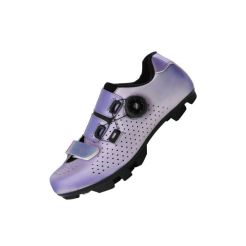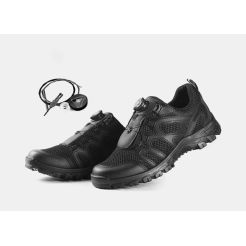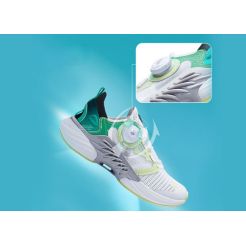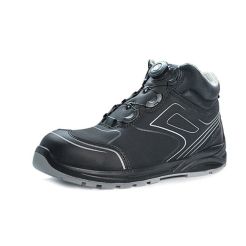prosthetic leg knee joint
Product Description
https://www.sjzpfc.com/product-list-knee-joint.html
The function of the prosthetic leg knee joint is to simulate the flexion and extension (bending and straightening) of the anatomical knee joint during the movement of the amputee. When used in conjunction with a prosthetic foot, the knee supports the amputee while providing a smooth and economical gait.
The amputee relies on the prosthetic knee for stability during ambulation. In order to provide stability, the knee needs to remain stable or locked during walking.
Many variations of the basic joint have been designed; from a simple hinge to a self-aware, computer-controlled knee. Clinical prosthetists are trained to understand the different types of knees. Their expertise is critical in assisting amputees and their caregivers in deciding which knee will maximize the amputee's potential.
The main function of prosthetic leg knee joint is to help the amputee to simulate the bending and extension of the knee joint when moving. At the same time, when the prosthetic foot is used in conjunction, the knee plays a role to achieve a smooth and relaxed gait.
Mechanical Knees
The feature of Mechanical Knees is to help provide standing bending, reduce the pressure on the back and buttocks through the knee joints, and make the gait cycle smoother.
Pneumatic Knee
Pneumatic knee uses the air in the knee to adjust the walking speed, and as the speed increases or decreases, the pneumatic system will adjust the speed of swinging forward or bending backwards. Such knees are more active for amputees. They can Change the walking speed on your own and don’t need a walking device.
Prosthetic knee joints offer several advantages for individuals who have undergone lower limb amputations. These advantages can significantly improve the overall quality of life and mobility for amputees.
Some key benefits of prosthetic knee joints
Improved Mobility: Prosthetic knee joints enable individuals to regain mobility and independence, allowing them to walk, run, and engage in various activities.
Natural Gait: Advanced prosthetic knee joints are designed to mimic the natural movement of the human knee, which helps users achieve a more natural and balanced gait, reducing the risk of falls and joint strain.
Customization: Prosthetic knee joints can be customized to meet the specific needs and activity levels of the user. Different knee joint designs are available for various lifestyles, from everyday walking to sports and recreational activities.
Reduced Energy Expenditure: Modern prosthetic knee joints often incorporate features like hydraulic or pneumatic systems, which absorb and release energy during each step. This reduces the amount of effort required to walk, making it less fatiguing for the user.
Adaptability: Many prosthetic knee joints are designed to adapt to different terrains and slopes, making it easier for users to navigate a variety of environments.
Safety Features: Some prosthetic knee joints come with safety features such as stumble recovery, which can help users maintain balance and reduce the risk of falling.
User Comfort: Prosthetic knee joints are designed to be comfortable and provide stability, reducing discomfort and pain associated with prolonged use.
Durability: Modern materials and manufacturing techniques make prosthetic knee joints more durable and longer-lasting.
Compact Design: Prosthetic knee joints are designed to be as compact and lightweight as possible, making them easier to wear and move around with.
Improved Quality of Life: Overall, prosthetic knee joints can significantly improve an amputee's quality of life by allowing them to participate in activities they enjoy, maintain independence, and lead a more fulfilling life.

